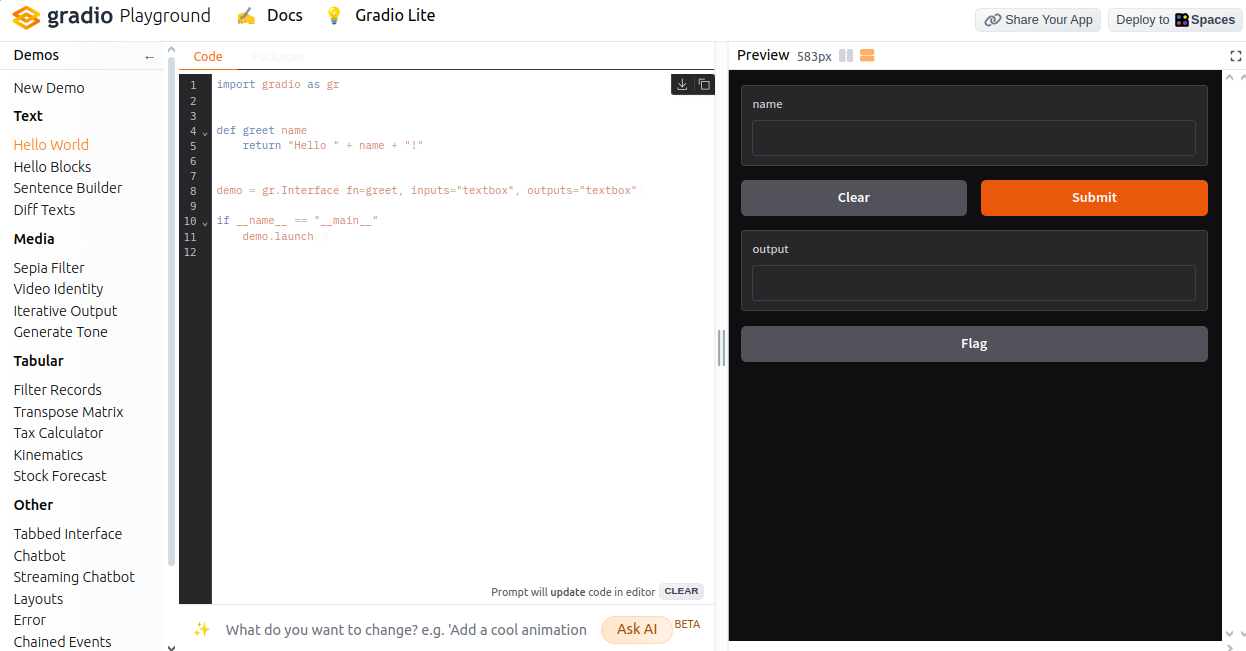Wordle and the Rising Tide of AI-Generated Code
In recent years, two significant phenomena have captured the attention of tech enthusiasts and casual users alike: the word puzzle game Wordle and the rapid rise of AI-generated code. Both have resonated deeply within the digital landscape, although they cater to markedly different purposes and audiences. As we delve into how these trends intersect, we can uncover insights about simplicity, accessibility, and the evolving nature of software development.
![]() The simplicity and allure of Wordle
The simplicity and allure of Wordle
Wordle emerged as a viral sensation in late 2021, drawing millions of players eager to guess a five-letter word within six attempts. Simplicity was key—no downloads, no fees, just pure gameplay that required little more than wit and a bit of luck. Such accessibility in gaming taps into a broader trend that resonates across the tech industry, particularly in the development of AI tools like GPT-4.
The Simplicity of Entry
Wordle’s design strips away complexities often found in modern gaming. Lacking leaderboard pressures or endless gameplay loops, it invites users to engage daily and share their successes—each grid of colored blocks serving as a badge of honor. In contrast, the allure of AI-generated code through tools like Gradio simplifies the development process, but not without risks. As Hugging Face strives to make AI more accessible, the fine line between ease of use and potential pitfalls grows ever thinner.
Building Your Own Wordle
For developers inspired by Wordle’s success, recreating the game’s essence involves a few straightforward steps. The choice of programming language is crucial; whether it’s JavaScript for web-based iterations or Python for command-line accessibility, the goal is the same: create an engaging user experience.
Key Components of Development
- Word List: The backbone of any Wordle-inspired game. A carefully curated list of five-letter words can be obtained from public resources or scraped from online dictionaries.
- Game Logic: This dictates how the game operates—from selecting the target word to providing feedback via color codes: green for correct letters, yellow for present but misplaced letters, and gray for incorrect options.
- User Interface: A seamless UI makes or breaks user engagement, using technologies like HTML and CSS.
 Bridging gaming and AI development
Bridging gaming and AI development
Moreover, implementing optional features can enhance gameplay, such as daily puzzles or social sharing capabilities—emphasizing a heartbeat of daily engagement that mirrors the anticipated excitement surrounding AI tools in software development.
The Allure and Risks of AI-Generated Code
While Wordle captivates through simplicity, AI-generated code offers a different allure that can mask inherent dangers. Models like GPT-4 have made coding more efficient but expose developers to risks when proper scrutiny is evaded.
Heightened Reliability
Developers are often tempted to trust AI suggestions blindly, which can result in integrating vulnerabilities unknowingly. Sifting through outdated open-source software (OSS) packages can hide serious risks, making it imperative for programmers to undertake diligent reviews of AI-generated outputs. As noted in cybersecurity discussions, understanding and avoiding “phantom package risks”—where duties of code validation can fall through the cracks—becomes an ethical necessity in modern development practices.
Mitigating Risks with Awareness
To counter these challenges, organizations must build robust DevSecOps programs that emphasize security at every stage of development. Educating teams on the potential pitfalls of AI recommendations helps cultivate a security-first mindset among developers while reinforcing responsible coding practices.
 Prioritizing security in AI-driven development
Prioritizing security in AI-driven development
Incorporating a code of conduct regarding AI tools can enhance oversight and governance over code utilized within projects, ensuring more rigorous validation processes are in place before deployment.
The Intersecting Futures of AI and Gaming
As we look towards the horizon, both Wordle and the adoption of AI-generated code will shape the future of tech engagement. While word puzzles encourage cognitive engagement and social interaction, AI tools catalyze coding efficiency and project facilitation.
Continuous Evolution
With the rise of Gradio 5, Hugging Face enhances the user experience around AI applications significantly. The AI Playground feature streamlines app creation using natural language prompts, democratizing the development landscape further. This progress serves to remind developers of the balance between innovation and security, serving users effectively while minimizing risks inherent across platforms.
Conclusion
The cultural fascination surrounding Wordle underlines the desire for simple, engaging solutions, while the rapid evolution of AI tools reflects society’s ever-growing ambition for accelerated development. To navigate this duality, one must remain vigilant. Striking the balance between leveraging innovative solutions like AI-generated code and maintaining quality standards is integral. As Wordle proves that simplicity can yield immense enjoyment, so too can the sophisticated tools of AI foster a brighter, more secure development future—as long as we diligently uphold our commitment to security and quality.
Discover more about AI advancements and frameworks from Hugging Face and keep enhancing your development experience!
Tags
- Wordle
- AI Development
- Game Design
- Software Engineering
- Security Practices


 Photo by
Photo by 












